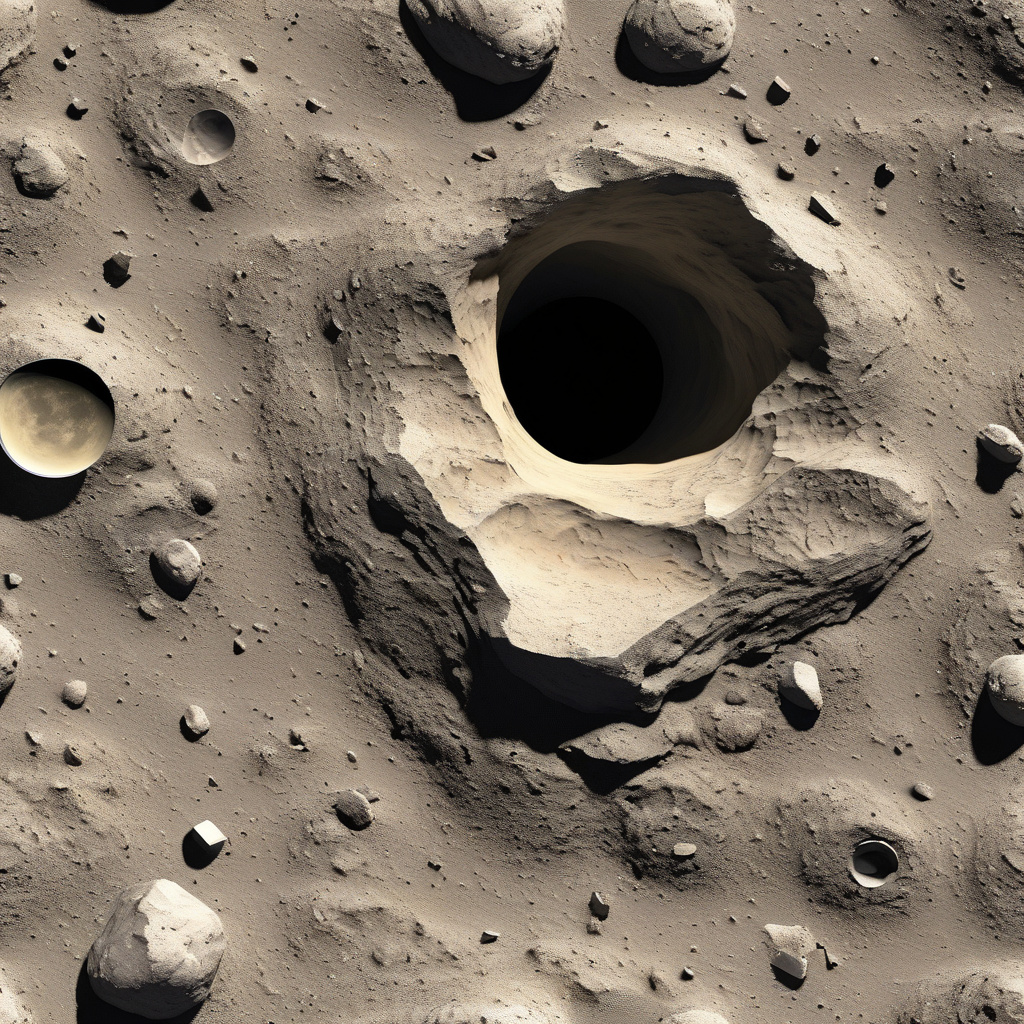Moon’s Time Capsule: Apollo-era Rock Core Sample Tells Tale of Ancient Landslide
Fifty years ago, the last human set foot on the Moon. The Apollo 17 mission marked the end of an era of human exploration on our celestial neighbor. However, the scientific legacy of the Apollo missions continues to unfold, with new discoveries still being made from the samples and data collected during those historic journeys.
One such discovery is the recent analysis of a rock core sample collected during the Apollo 17 mission. This particular sample, known as 76015/76035, has provided researchers with valuable insights into the geological history of the Moon, specifically shedding light on an ancient landslide that occurred billions of years ago.
The rock core sample was extracted from the Valley of Taurus-Littrow, a region of the Moon known for its diverse geological features. Upon analysis, researchers discovered that the sample contained evidence of a significant event in the Moon’s past – a massive landslide that reshaped the lunar surface.
By studying the composition and structure of the rock core sample, scientists were able to reconstruct the sequence of events that led to the ancient landslide. They found that billions of years ago, a powerful impact from an asteroid or comet triggered the collapse of a cliff on the Moon, sending debris tumbling down into the valley below.
This discovery has important implications for our understanding of the Moon’s geological evolution. By studying ancient events like this landslide, scientists can piece together the history of impacts and geological processes that have shaped the lunar surface over billions of years.
Furthermore, the analysis of the rock core sample has provided valuable data that can be used to refine models of lunar geology and improve our ability to interpret other geological features on the Moon. This information is crucial for planning future missions to the Moon, as it helps scientists identify areas of scientific interest and potential resources for exploration.
The study of the Apollo-era rock core sample is a testament to the enduring legacy of the Apollo missions. Even fifty years after the last human walked on the Moon, the samples and data collected during those historic missions continue to provide valuable insights into our nearest celestial neighbor.
As we look to the future and the prospect of returning to the Moon, the lessons learned from the Apollo missions will be invaluable in guiding our exploration efforts. By building on the foundation laid by those early pioneers, we can continue to unlock the secrets of the Moon and expand our understanding of the solar system.
In conclusion, the recent analysis of the Apollo-era rock core sample has revealed a fascinating chapter in the Moon’s geological history – an ancient landslide that reshaped the lunar landscape billions of years ago. This discovery underscores the importance of continued exploration and research on the Moon, as we work to unravel its mysteries and pave the way for future generations of explorers.
#Moon, #ApolloMissions, #GeologicalHistory, #LunarExploration, #SpaceDiscovery











